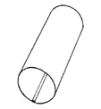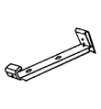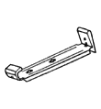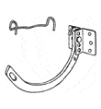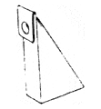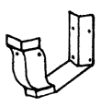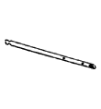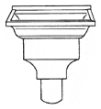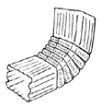Gutter Styles in Peoria, IL
Gutter Styles: K-Style and Half-Round Gutters throughout Peoria, IL and the Surrounding Areas
K-style and half-round gutters represent two distinct options for homeowners looking to install a new gutter system. Half-round gutters are particularly popular for specialty applications due to their attractive appearance, and while both styles can be made from any material, the higher cost of aluminum half-round gutters often places them in the specialty category. Many homeowners are unaware of the choices available when it comes to selecting the right gutter system for their property.
Both K-style and half-round gutters come in 5-inch and 6-inch sizes, and each style can be crafted as a radius gutter, which allows the gutter to curve around semi-circular areas of a home.

*Half-Round Seamless only available in some locations. Ask your Solutionist
Complete Our Form for Gutter Solutions
Fill out the form today to schedule your free estimate! Our specialists will help you explore all gutter options and design the perfect system for your home and location.
Types of Gutters
Types of Leaders
A leader, which is more commonly referred to as a downspout, is the component attached to the gutter that channels water from the gutter down to the ground. Downspouts, or leaders, come in various sizes to accommodate the specific requirements of different homes.
Types of Hangers
A hanger is a component that holds the gutter in place and attaches it to the house. It functions by gripping the front edge of the gutter and snapping onto the back, ensuring a secure fit. Most hangers used by professionals today are designed this way, and they all rely on a threaded screw to fasten the gutter securely to the house.




